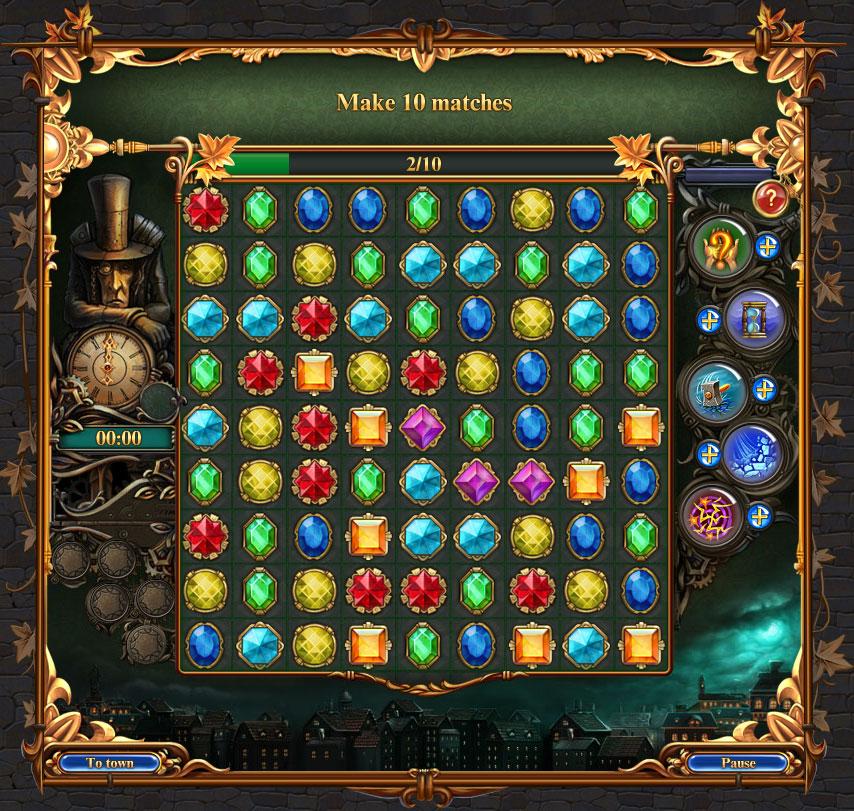
No author, Bärenschinken, “Nebelspalter” 1890, issue 5 Keywords: social history, Russia in 19th century, press in Switzerland Symbol of Helvetia used to serve to build oppositions between the liberal, wealthy,ĭemo-cratic Switzerland and Russia, which was perceived as a severe ‘Eastern despothy’. The ‘Russian Bear’ metaphor compared with the The ‘Russian Bear’ as a partner of the French Marianne used to personifyĪn antithesis of the French refinement. Such oppositions as: order – chaos, creation – destruction, reason – irrationality,

Oppositions between the Russianness and the Germanness the Swiss press was building Īphor – the 19th century Swiss press used to categorize Russia as an antithesis of theĬountries that personified the main attributes of the culture of the West. ** This paper was written as a part of the project “The Image of Russian Bear in 19thĬentury Swiss Press Discourse”, financed by the SCIEX foundation and carried out on the įaculty of International and Political Studies, University of łódź, Składowa 43 St. „rosyjskiego niedźwiedzia” w Szwajcarii w drugiej połowie XIX w., “Klio” 2012, vol. * The paper was originally published as Niedźwiedź i zegarmistrz. Czasopismo poświęcone dziejom Polski i powszechnym ’ The author indicates that – while using the ‘Russian Bear’ Of the ethical discourse, which had enabled the 19th century Helvetians to play the role It analyses as well the typical Swiss way of perceiving Russia – through the prism That discourse: West – East, culture – nature, civilization – barbarity, democracy –ĭes-potism.

The great role of the ‘bear’ metaphor within the key binary oppositions, distinctive for The ‘colonial discourse’ (described by Edward Said) in that period.

TheĪuthor has proven that there exists a connection between the Swiss image of Russia and German-language Swiss press in the second half of the 19th century: in the all- EuropeanĬontext as well as in the context of its role in building the Swiss national identity. Summary: The article analyses the specific attitudes of the ‘Russian Bear’ metaphor in the

In the second half of the 19 th century** A qualified clockmaker can typically design and make a missing piece for a clock without access to the original component.Ĭlockmakers generally do not work on watches the skills and tools required are different enough that watchmaking is a separate field, handled by another specialist, the watchmaker.A bear and a clockmaker: on origins of “Russian bear” stereotype in Switzerland Since modern clockmakers are required to repair antique, handmade or one-of-a-kind clocks for which parts are not available, they must have some of the design and fabrication abilities of the original craftsmen. Originally, clockmakers were master craftsmen who designed and built clocks by hand. The trade requires fine motor coordination as clockmakers must frequently work on devices with small gears and fine machinery. Clockmakers must be able to read blueprints and instructions for numerous types of clocks and time pieces that vary from antique clocks to modern time pieces in order to fix and make clocks or watches. Modern clockmakers may be employed by jewellers, antique shops, and places devoted strictly to repairing clocks and watches. Since almost all clocks are now factory-made, most modern clockmakers only repair clocks. Freebase (0.00 / 0 votes) Rate this definition:Ī clockmaker is an artisan who makes and repairs clocks.


 0 kommentar(er)
0 kommentar(er)
